Cats are often seen as independent and mysterious creatures. However, there is more to their intellectual capacity than meets the eye. Their ability to learn from observation is not only intriguing but also demonstrates a level of intelligence comparable to that of other higher mammals. This article delves into how cats, through observational learning, adapt and thrive in their environments.
The Basics of Observational Learning in Cats
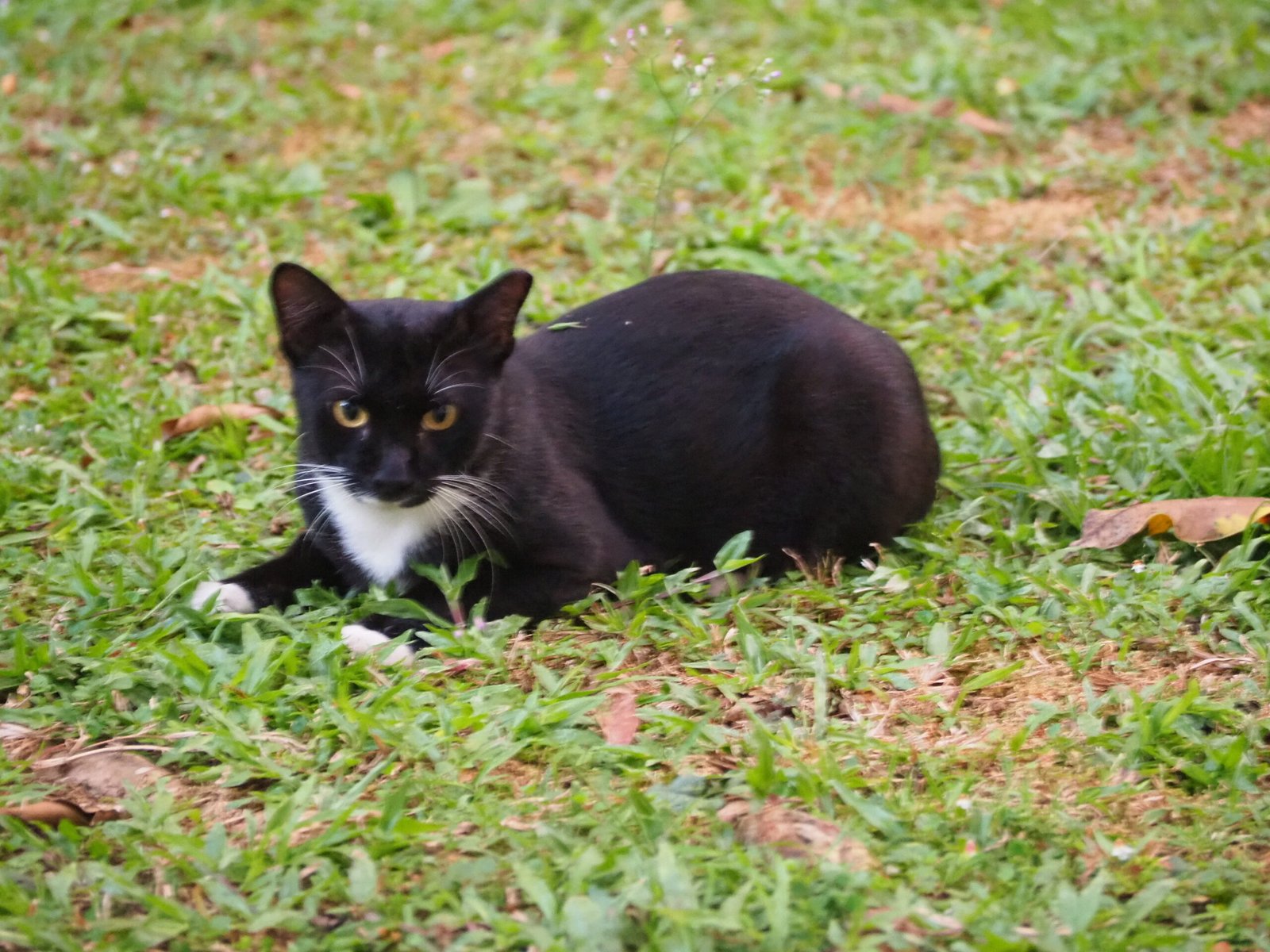
Observational learning, also known as social learning, involves acquiring information and skills by watching and imitating others. In cats, it allows them to learn complex behaviors without the need for direct experience. This capability underscores their intelligence and adaptability which ensures they navigate their world with ease.
Cats as Natural Observers
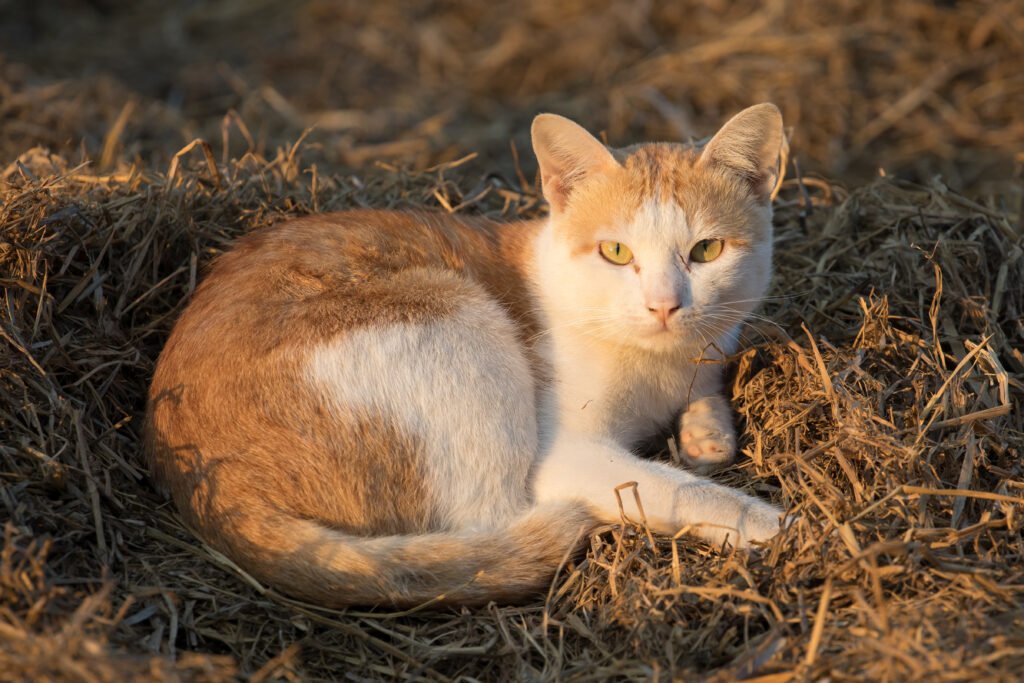
From birth, kittens watch their mothers and littermates closely. They learn essential survival skills such as hunting, grooming, and using a litter box. This natural tendency to observe is crucial for their development and helps them understand the world around them.
The Influence of Genetics and Instinct
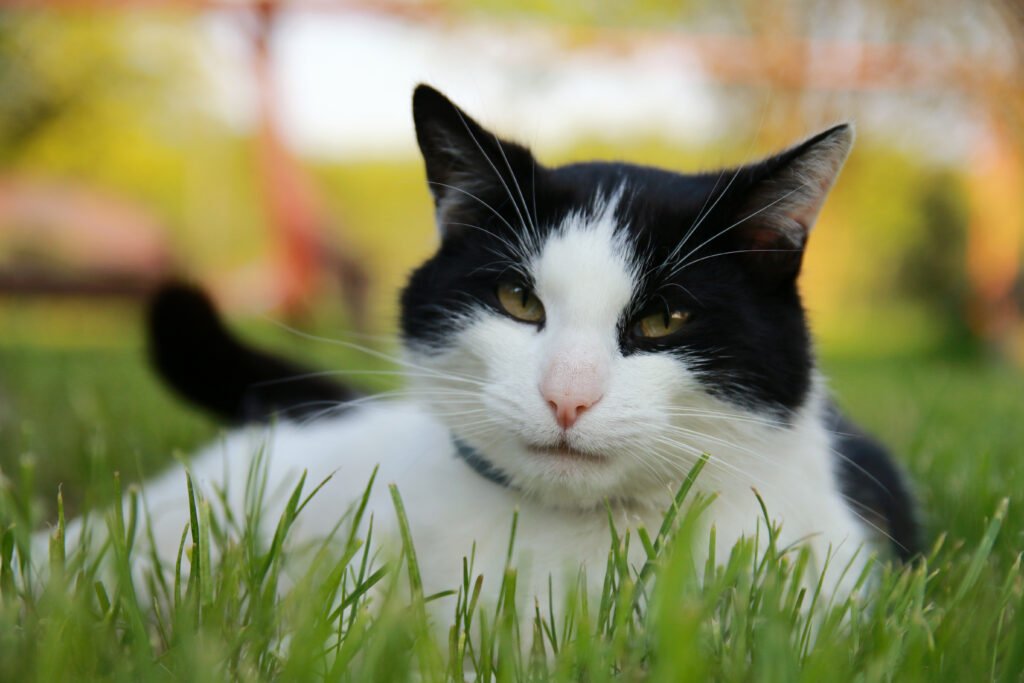
While observation plays a significant role in a cat’s learning process, genetics and instinct also contribute. Certain behaviors, like hunting, are ingrained in their DNA, but observation refines these instincts, aligning them with their specific environment and conditions.
Understanding Imitative Learning
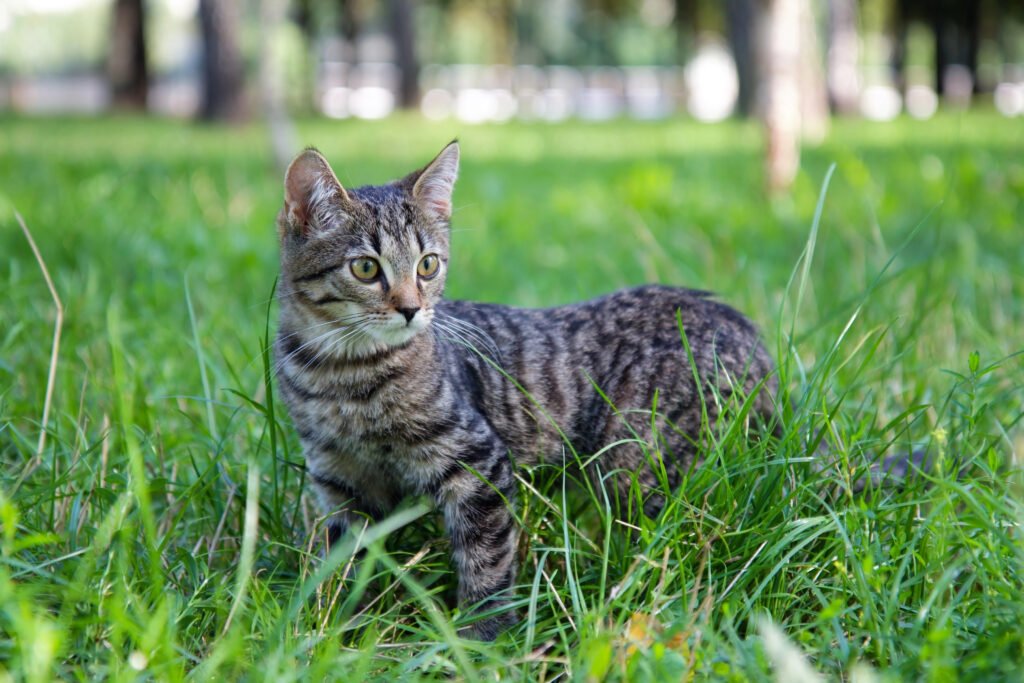
Imitation is a significant component of observational learning. Cats often mimic the behaviors of their human companions or other animals, whether it’s opening doors or following human routines. This mimicking can foster a deeper bond between cats and their owners and further enrich the cat’s behavior repertoire.
The Role of Mother Cats in Learning
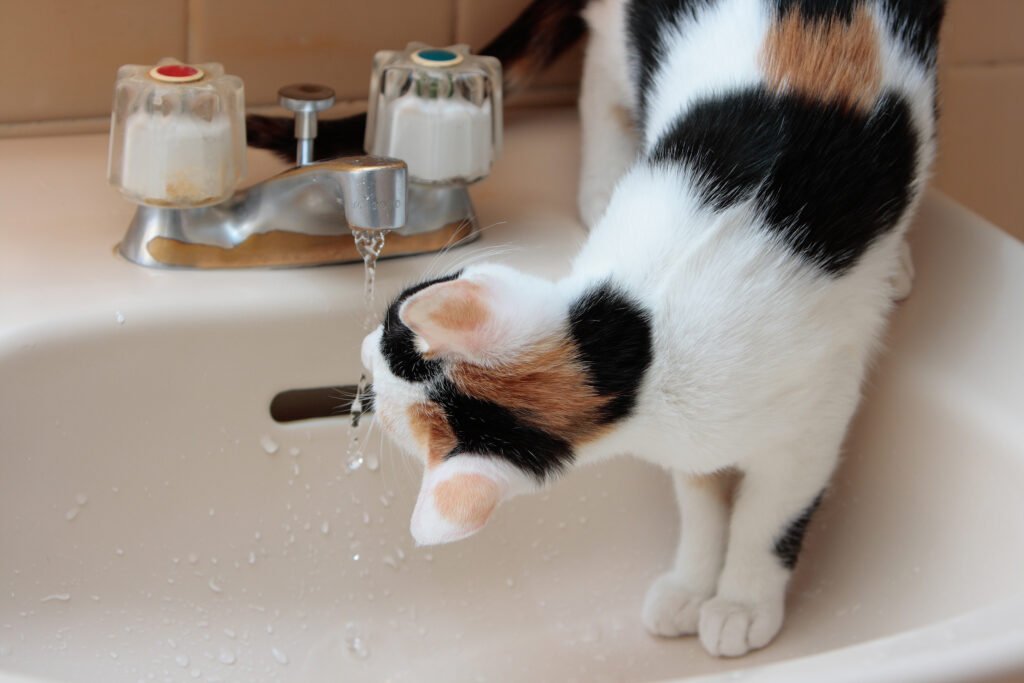
Mother cats are primary role models for their kittens. They teach their young through example; whether it’s showing them how to groom themselves or how to hunt effectively. Mother cats’ actions serve as blueprints for their offspring’s future behaviors.
Observational Learning Beyond Early Development
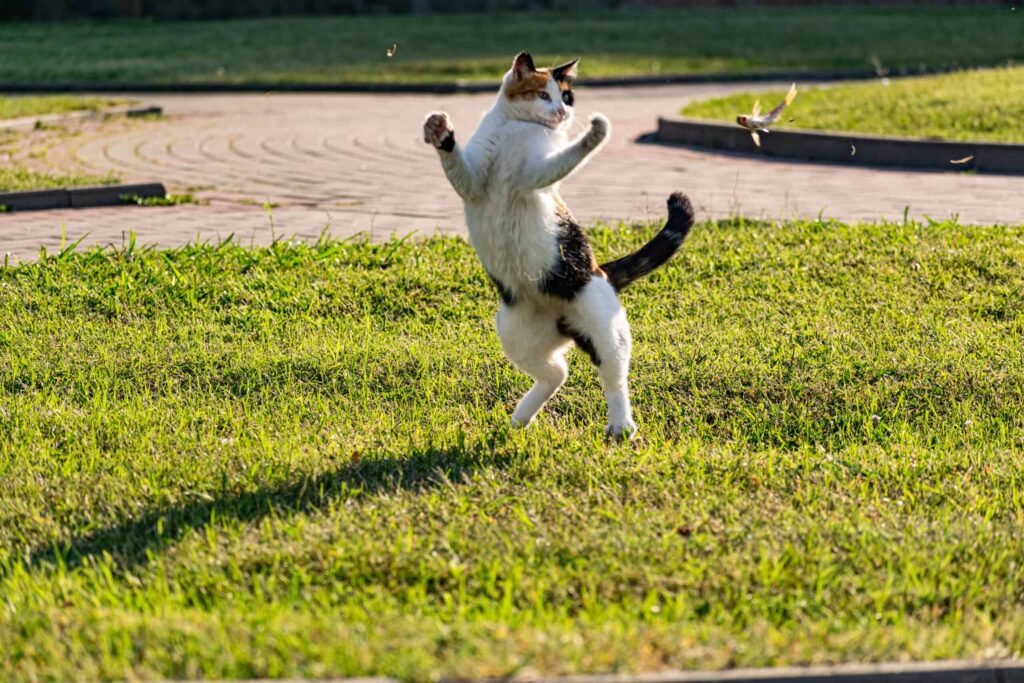
While kittenhood is a critical period for learning, adult cats also benefit from observation. Their experiences allow them to adapt to new environments or changes, such as new pets in the household or shifting routines, demonstrating their lifelong learning capacities.
Observational Learning in Multi-Pet Households
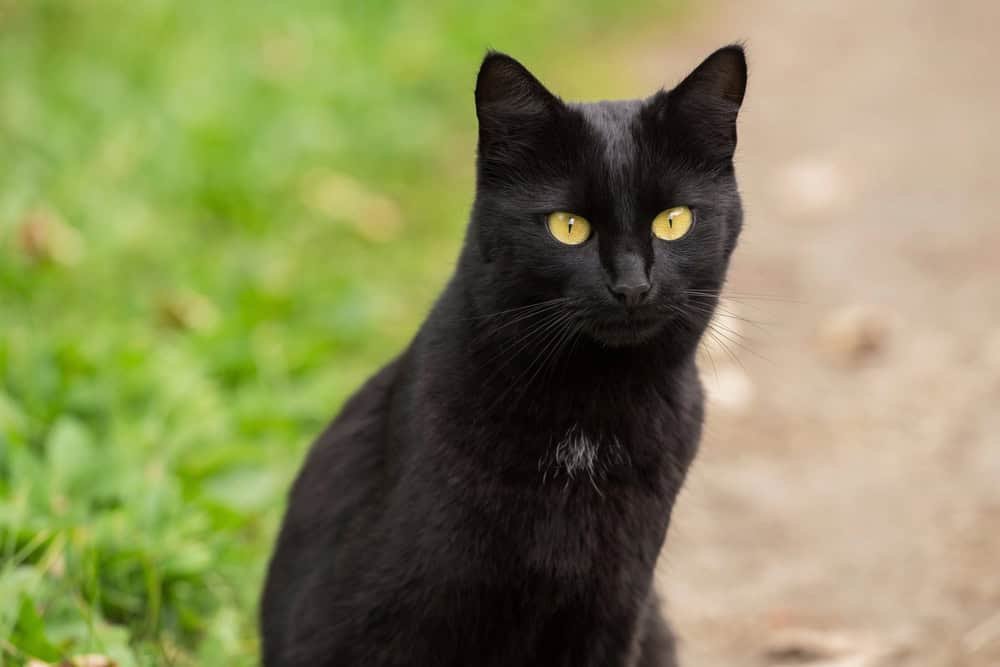
Cats living with other pets often learn by observing their companions, whether it’s mimicking a dog’s habit of fetching balls or understanding shared resources like toys and food bowls. This cross-species learning showcases cats’ adaptability and readiness to integrate into human-centric environments.
Experimental Evidence of Cat Observational Learning
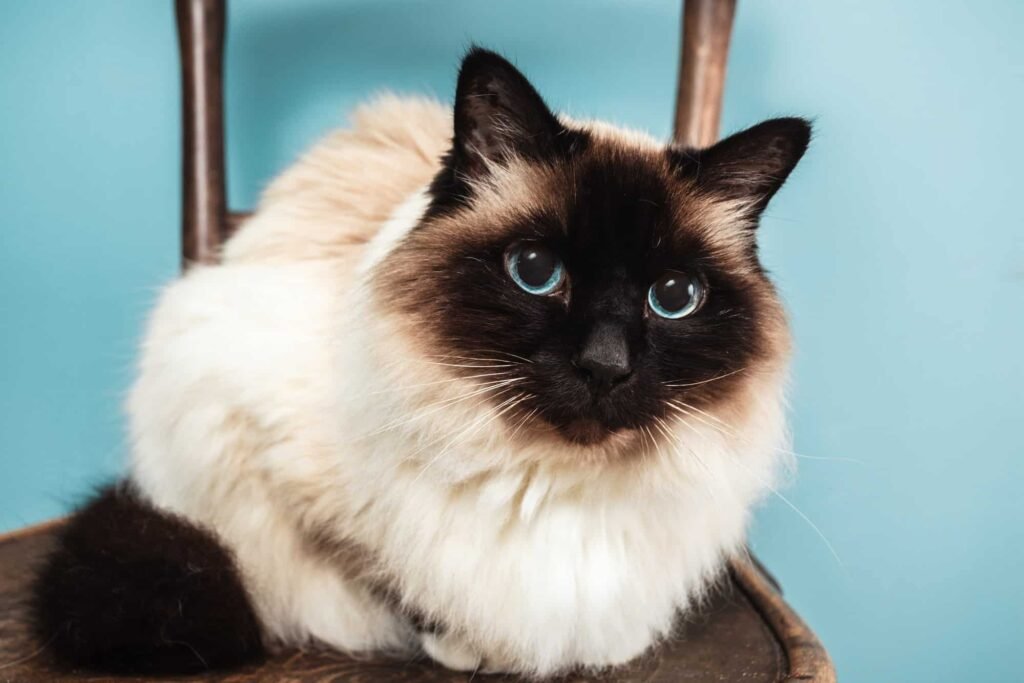
Studies examining cats and observational learning have shown that they can problem-solve by watching humans or other cats complete tasks. For example, they’ve been observed learning to open doors or how to access food puzzles after watching demonstrations. Such findings highlight their cognitive depth and resourcefulness.
Environmental Enrichment and Observational Learning
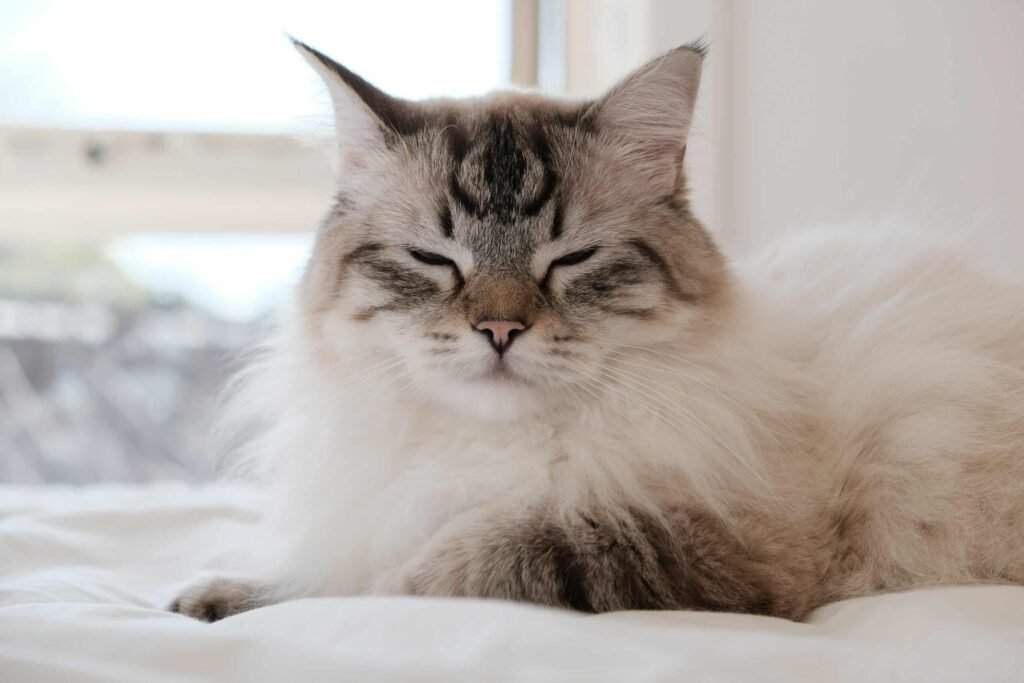
Cats thrive in environments that stimulate their curiosity and intellect. By providing diverse and interactive habitats, owners can facilitate observational learning. Items like cat trees, window views, and puzzle feeders engage both their physical and mental faculties.
The Benefits of Observational Learning in Cats

Observational learning enriches a cat’s life, allowing them to navigate their world more effectively and fostering deeper social connections with humans and other animals. By understanding and supporting this innate capability, owners can enhance their pets’ well-being and overall quality of life.
Conclusion: Embracing the Watchful Cat
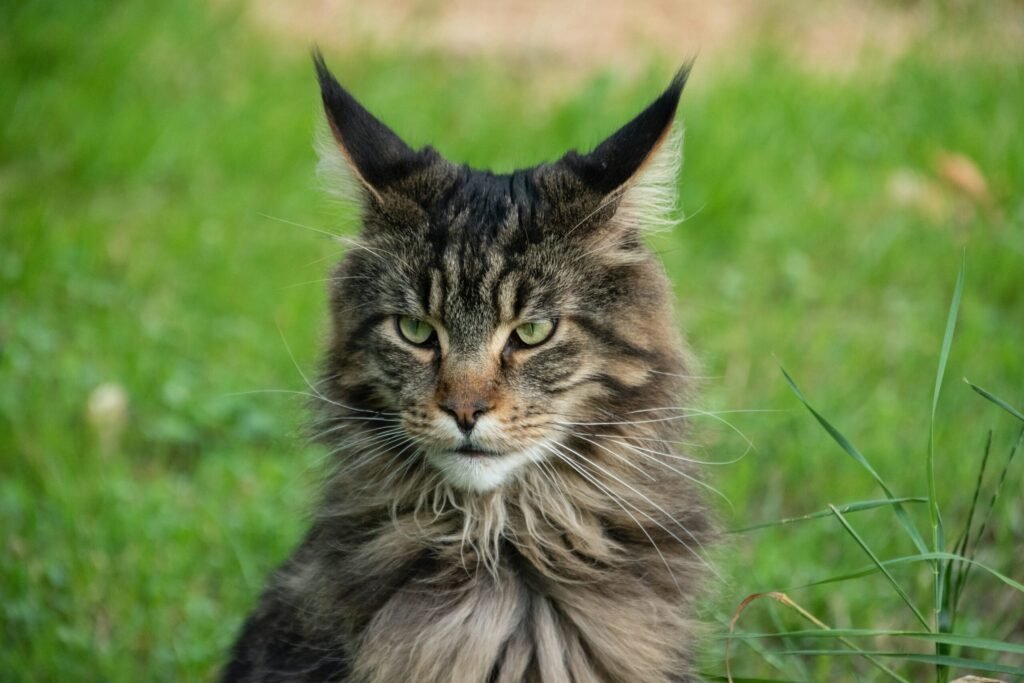
Cats possess a refined ability to learn from their environment and the beings within it. Recognizing and nurturing this skill can enhance both the pet and owner experience. Whether it’s through imitation or adapting to new challenges, cats demonstrate a remarkable capacity to learn, making them fascinating companions and subjects of study.






